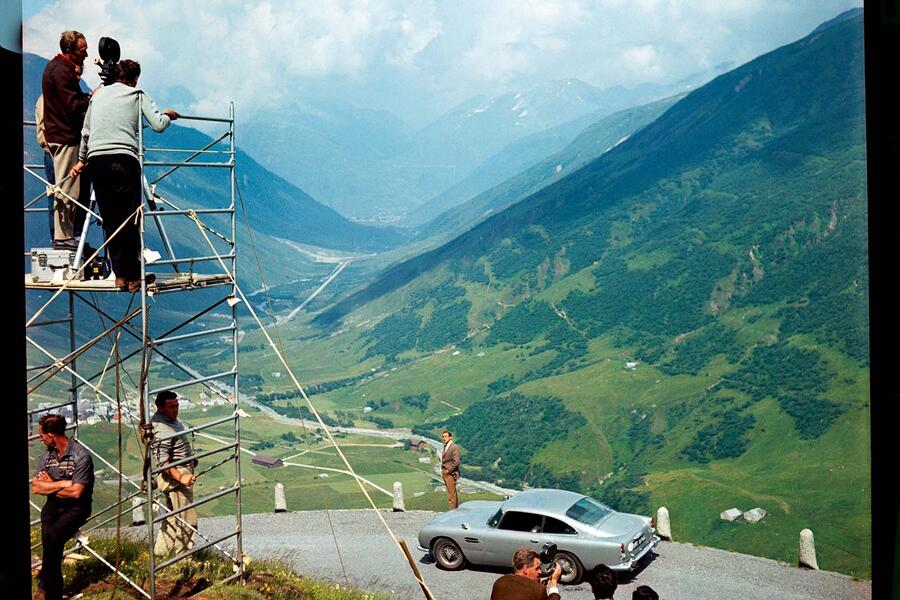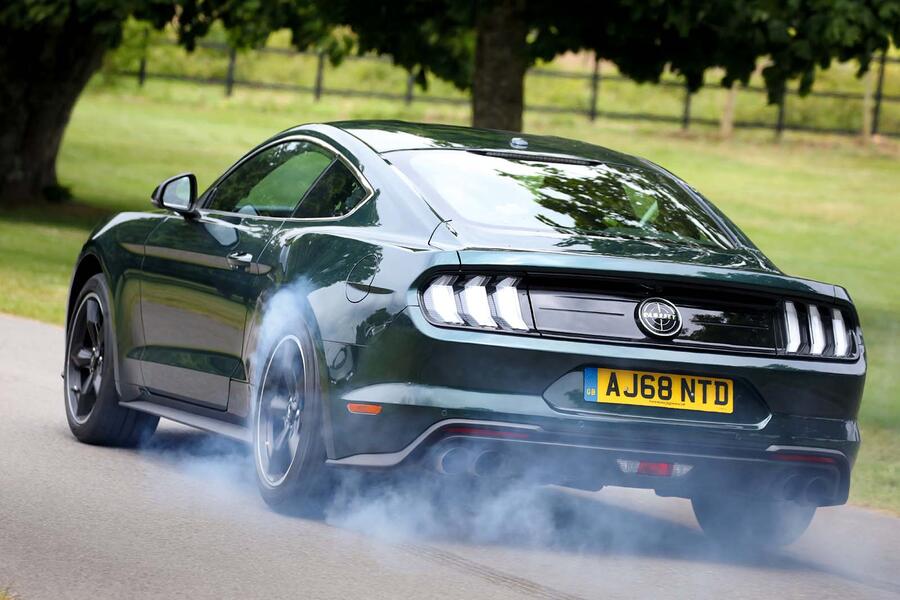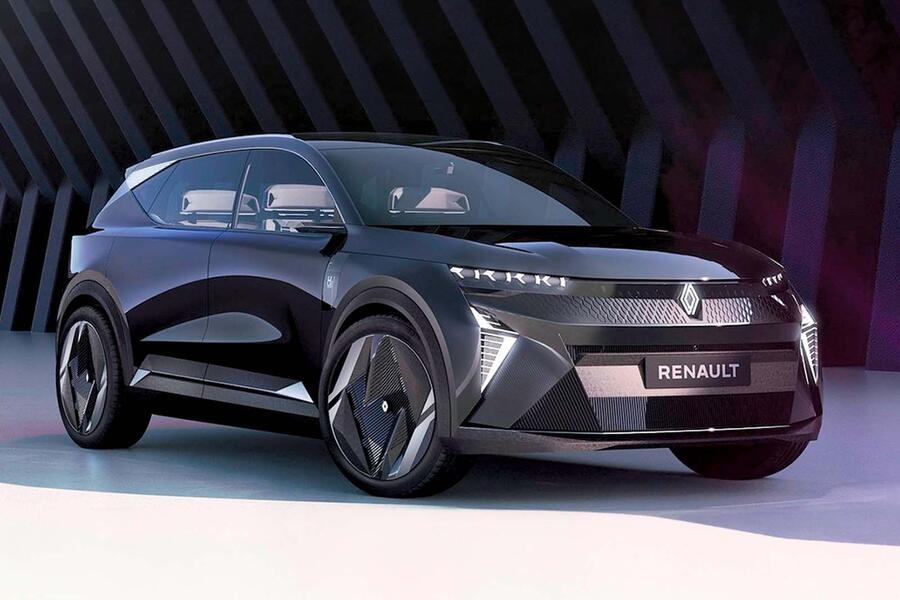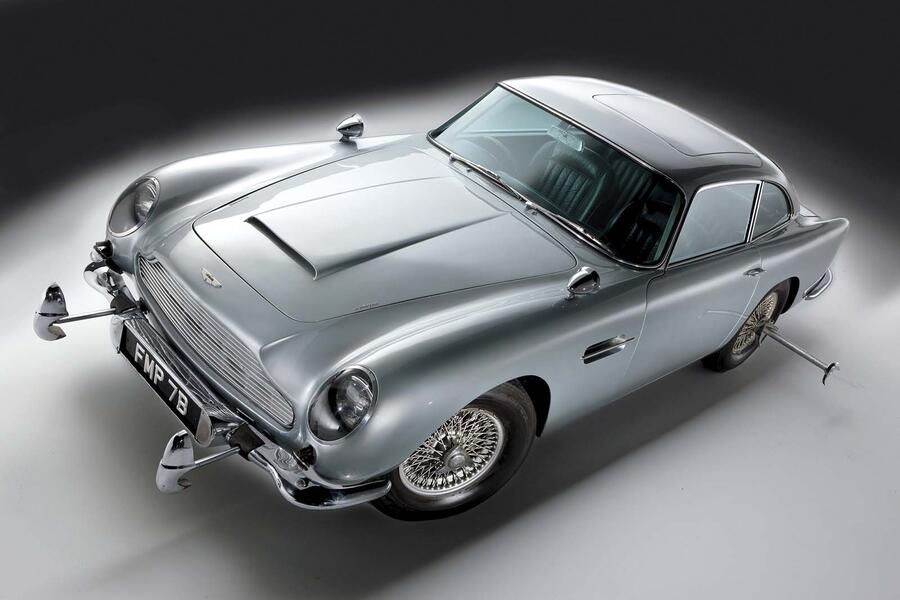"I wonder how much they paid to have their car in that film.”
It’s a thought that often arises when a shiny new model is driven by a big-name actor. Surprisingly, the answer is almost always ‘nothing’, and it’s all down to the art of product placement and secrecy befitting a spy thriller. Back in the day, product placement of cars was more luck than data-derived judgement.
Which makes you wonder: what if Sean Connery hadn’t used an Aston Martin DB5 in 1964’s Goldfinger or Steve McQueen hadn’t been at the wheel of a Ford Mustang chasing down a Dodge Charger in 1968’s Bullitt? We can only speculate what such appearances might have done for the growth of a brand or model.
Today, product placement is seriously sophisticated, and the strategy is so commercially sensitive that no manufacturer I spoke to would go on record about it.

One anonymous insider said 1960s tactics were very effective at the time, with viewing options limited to a few TV channels and cinema, but modern media is more fractured (mainly because of the internet), so getting value from product placement is more challenging.
Still, where there is the chance to immerse a brand in moments of cultural relevance that will stand the test of time, there is value. Indeed, product placement is increasing, and about a third of prop or product placements globally involve cars, even though direct sales value is hard to measure.
Some character and car associations are embedded: if you drive an Aston Martin, observers think James Bond; a Mustang with roll-neck-wearing driver sporting an expression of studied nonchalance means epic car chase and 100-yard open-diff burnouts unleashed by San Francisco cop Frank Bullitt.









Add your comment